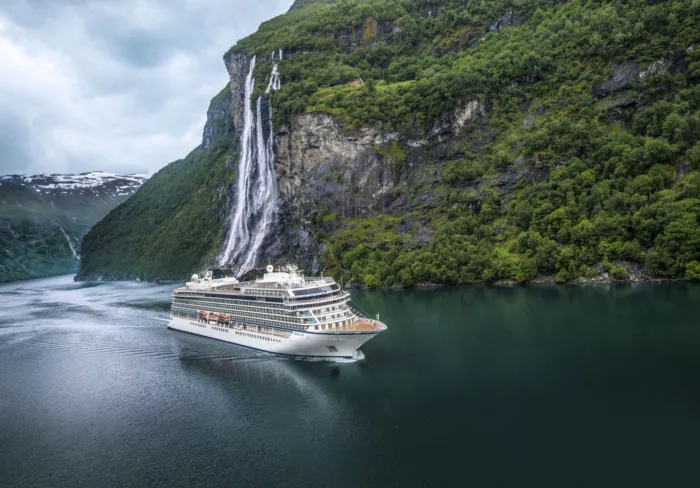
Viking Ocean Cruises
Viking began as a river cruise line and entered the ocean-cruise market with the launch of the 930-guest Viking Star.
Viking has already made an indelible mark on the sector with its fleet of stylish, near-identical, adult-only ships.
The cruise line currently has 10 ships in its fleet.
930
Passengers
465
Crew
2020
Launched
48000t
Tonnage
227m
Length
29m
Width
20kts
Speed
9
Decks
EUR
Currency
Cruise Itinerary
Ship Details


Viking Ocean Cruises
Viking Venus
With their sleek, yacht-style bows and teak promenade decks, Viking’s ocean ships are a million miles from the large liners that sail the seas.
Cabins
All Prices




















